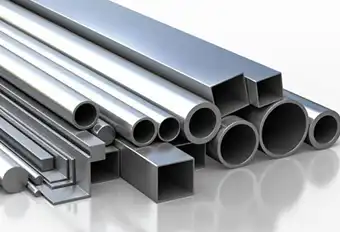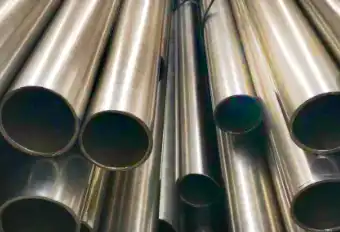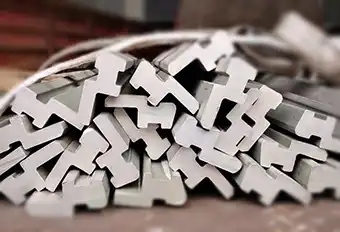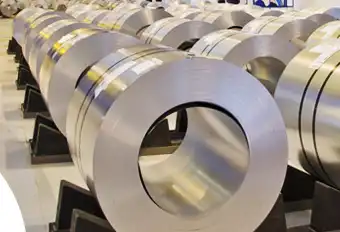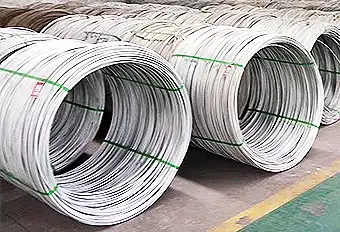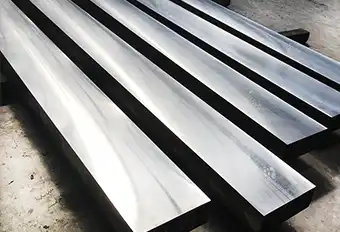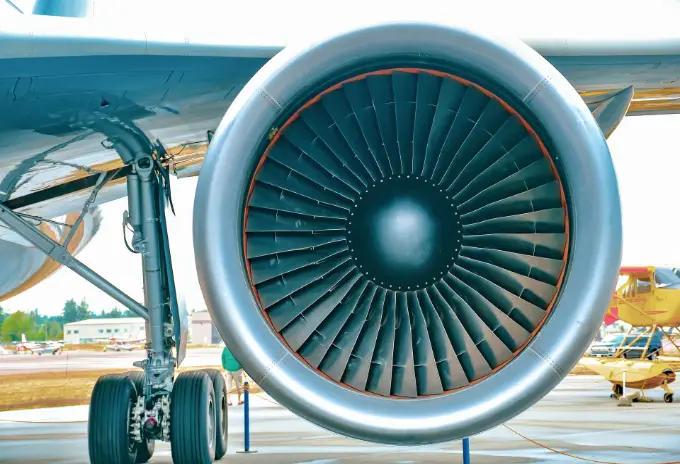As with most procedural based technical systems, inevitable variability within the process leads to the potential for quality issues and welding is no different in this regard.
Welding defects can be numerous but most commonly it is possible to encounter porosity issues, contaminant entrapment, inadequate shielding, arc related issues to name but a few.
Available 24/7 at
contact@steel-grades.com
-
Categories
-
Stainless Steels
-
Tube/Pipe
-
Steel Profiles
Steel Profiles
-
Cold rolled/hot rolled
Cold rolled/hot rolled
-
Wire rod
-
Quality special steel
-
Superalloy & High Temperature Alloy
Superalloy & High Temperature Alloy
-
Stainless Steels
-
Steel Grades
- Suppliers
- Products
- Rfqs
- On S&G
-
Find steel grades200000+Search for steel grades your needs with search features.
-
Find Suppliers by RegionsN+Contact leading suppliers from around the world quickly and easily
-
Find steel productsN+Find your interested products according to your different demands.
-
Submit RFQGet quotations from the most suitable suppliers
-


